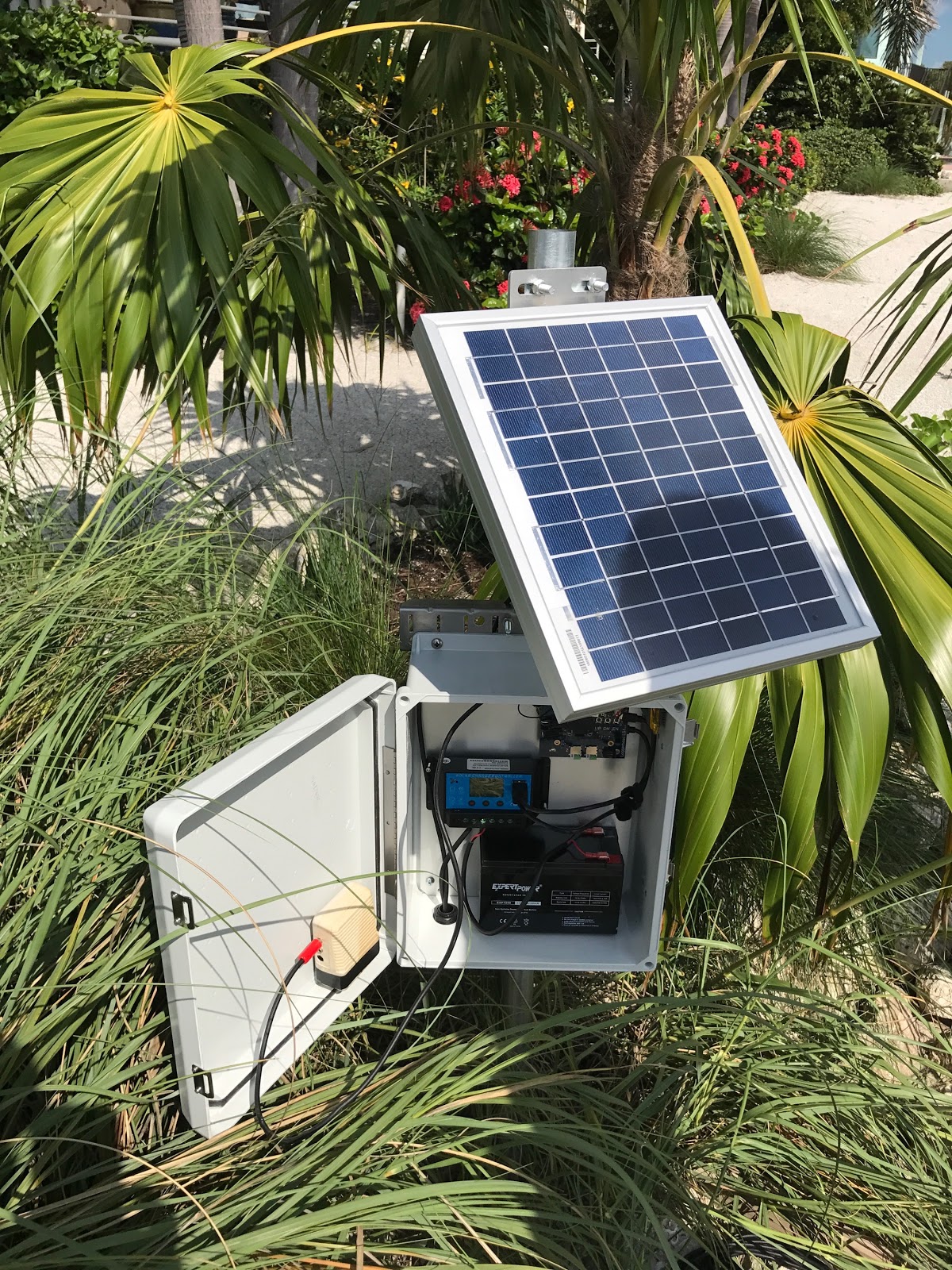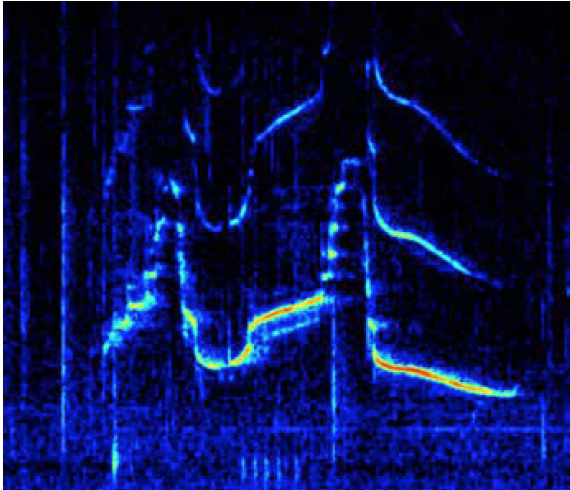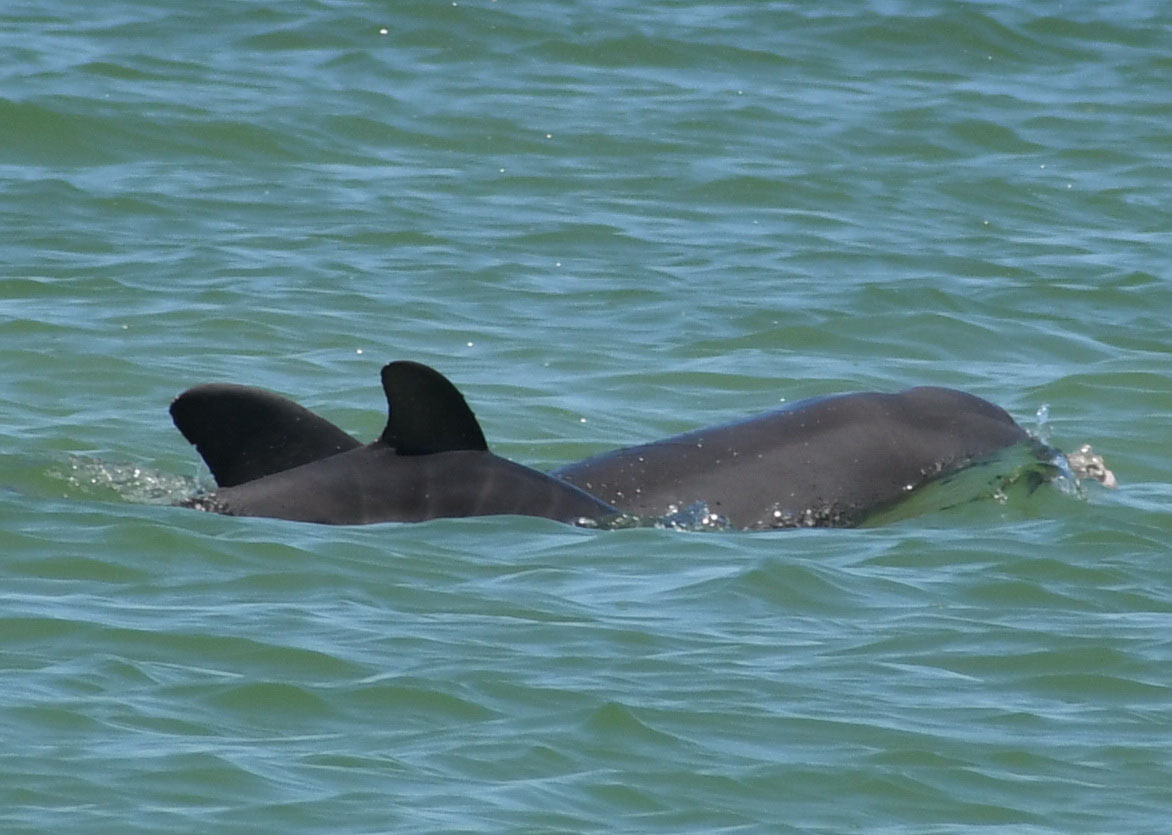Dolphin F197 with her fourth calf, 1974. Several members of F197’s family like to swim near the Cortez PAL station.
Listening in on Sarasota Bay Dolphins’ Underwater World
The SDRP, working in partnership with David Mann of Loggerhead Instruments, Mote Marine Laboratory, New College of Florida, Eckerd College and local citizens, has developed a Passive Acoustic Listening Station (PALS) network, which includes 10 acoustic monitoring stations around Sarasota Bay that record audio around the clock. (Learn more here.)
They allow us to explore the underwater acoustic environment of Sarasota Bay to better understand the ecological dynamics of the bay and the behavior of its animals, including sound-producing fish, dolphins and manatees. (Listen online at Haiku Marine.)
Because these instruments collect so much data — many terabytes each year from three stations — our partners at New College have developed an automated system of identifying bottlenose dolphin whistles. So far, we’ve identified nearly a quarter of a million distinct whistles, and, because of work done by our partners at WHOI and the University of St Andrews, Scotland, to develop a Sarasota Dolphin Whistle Database of the unique identifying sounds that each dolphin makes, we can tell not just when dolphins are present near these stations, but which dolphins they are.
Bottlenose dolphins produce individually-distinctive signature whistles. We took the next step and developed a tool that clusters whistles based on their contour (shape). We heard three whistle contours very often near the Cortez station, which spurred a collaborative effort to identify the dolphins producing those whistles.
SDRP sighting data in the area narrowed down the list of potential dolphins, and the specific signature whistles of the short-listed dolphins were provided by Laela Sayigh, Vincent Janik, and Peter Tyack from the Sarasota Dolphin Whistle Database.
Combining this information led to the identification of the specific dolphins producing those three abundant whistles. Even more exciting? We discovered those three signature whistles are from related dolphins. A mother and two of her calves (born in different years) have all been frequenting the same station!
We can now track when those specific dolphins visit the station, or any other station, without human observers on-site, regardless of time of day.
— By Austin Anderson and Athena Rycyk, New College of Florida; David Mann, Loggerhead Instruments


Top Image: A Passive Acoustic Listening Station. Bottom Image: This is a visual representation of a signature whistle produced by dolphin F197, with time shown along the X axis, and frequency on the Y axis. The shape of the whistle is specific to this individual dolphin.





